Best Practices Articles

Leveraging Quantitative Modeling for Effective Partner Ecosystem Management
Quantitative modeling is a sophisticated mathematical technique that frames and analyzes situations where multiple factors influence a singular result. Each variable has the potential to impact the outcome significantly, necessitating precise modeling to capture these effects accurately.
One of the core strengths of quantitative modeling lies in its adaptability and depth in explaining interactions within variable parameters. Take, for example, weather forecasting. Predicting local weather patterns hinges on diverse factors such as local moisture levels, proximity to the sea, and recent sunlight exposure. However, it also requires consideration of additional elements like soil moisture and other related parameters. Moreover, exogenous variables, such as climatic shifts in distant regions, could inherently affect local weather, illustrating the model's capacity to incorporate external influences.
Similarly, in partner ecosystem management, a partner's performance in a specific region can be influenced by visible local parameters and external factors. Local conditions might include regulatory changes directly affecting operational capabilities, whereas external factors could encompass broader economic conditions or international market trends. These elements, though external, have significant impacts on local outcomes and must be included in any comprehensive analysis.
Quantitative modeling is thus an essential tool across various domains, including meteorology, economics, environmental science, and business strategy. By constructing detailed mathematical models, stakeholders can forecast outcomes based on various influencing factors. This is particularly valuable in partner ecosystem management, where understanding the interplay between local and external variables can lead to more informed strategic decisions.
Furthermore, the flexibility of quantitative modeling is evident in its application of theoretical mathematical frameworks to practical real-world scenarios. Analysts can modify model parameters to simulate situations and predict outcomes under varying conditions. This adaptability is crucial for effective partner ecosystem management, where predicting and adapting to changes can dictate the success of collaborative efforts.
Download the Partner Ecosystem Management Platform Best Practices Guidebook.
Conclusion:
Quantitative modeling transcends traditional analysis methods by providing a multifaceted view of complex systems, integrating internal and external factors in a unified framework. In the context of partner ecosystem management, it empowers organizations to navigate through the complexities of modern business landscapes. With its ability to simulate various scenarios and anticipate future changes, quantitative modeling is not just about understanding current dynamics but also about strategically positioning for future opportunities. Embracing this approach can transform insights into actionable strategies, enhancing partner ecosystems' overall robustness and responsiveness.
For more information, please check this article.
Best Practices Guidebook
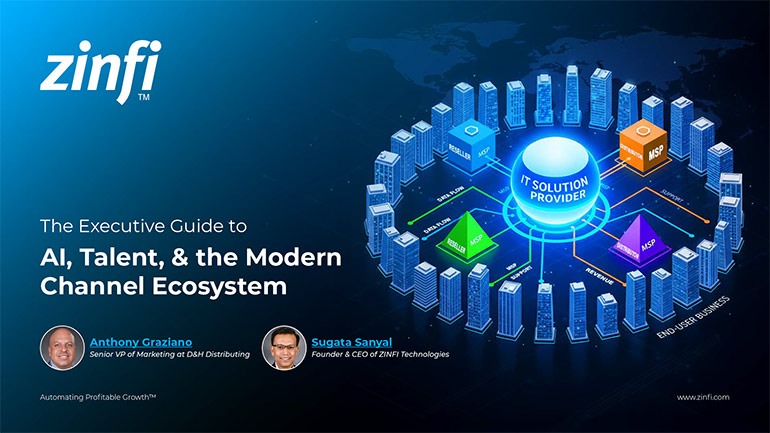 Modernizing Channel Marketing: AI and Ecosystem Enablement Best Practices
Modernizing Channel Marketing: AI and Ecosystem Enablement Best PracticesDownload for FREE
 The Channel’s Shift to Partner-Led With AI Best Practices
The Channel’s Shift to Partner-Led With AI Best PracticesDownload for FREE
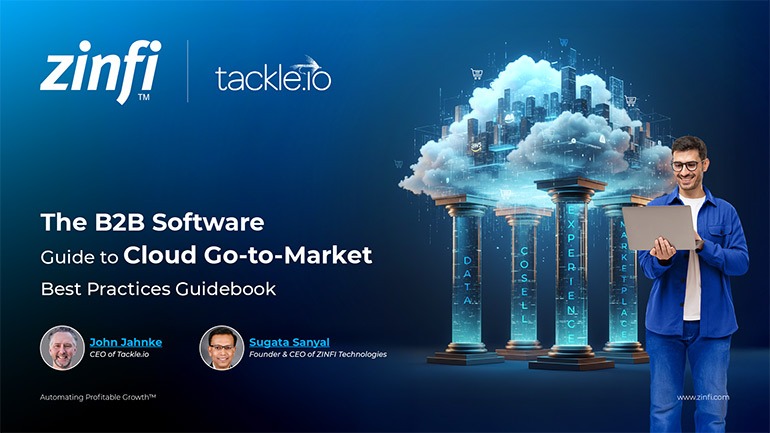 Hyperscalers, ISVs, and AI: Shaping the Future of B2B Software Distribution
Hyperscalers, ISVs, and AI: Shaping the Future of B2B Software DistributionDownload for FREE
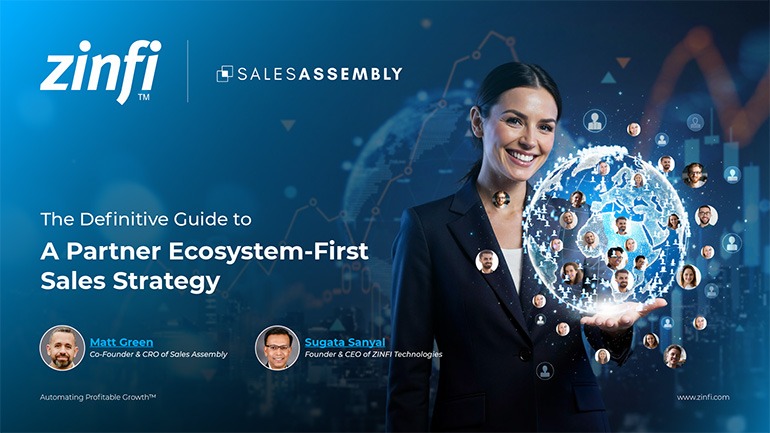 Definitive Guide to a Partner Ecosystem-First Sales Strategy
Definitive Guide to a Partner Ecosystem-First Sales StrategyDownload for FREE
 The Partner-Led Digital and AI Transformation Best Practices
The Partner-Led Digital and AI Transformation Best PracticesDownload for FREE
 Startup Talent Recruitment: Hiring Missionaries, Not Mercenaries
Startup Talent Recruitment: Hiring Missionaries, Not MercenariesDownload for FREE
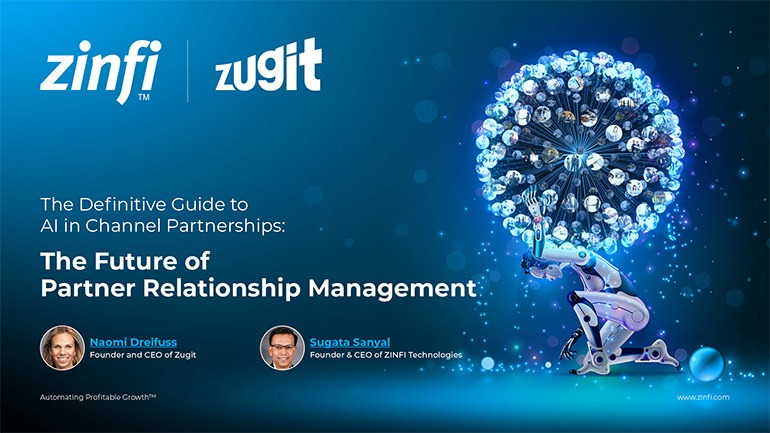 The Future of Partner Relationship Management with AI in Partnerships
The Future of Partner Relationship Management with AI in PartnershipsDownload for FREE
 Cybersecurity for the 99%: Strategies from the Frontline
Cybersecurity for the 99%: Strategies from the FrontlineDownload for FREE
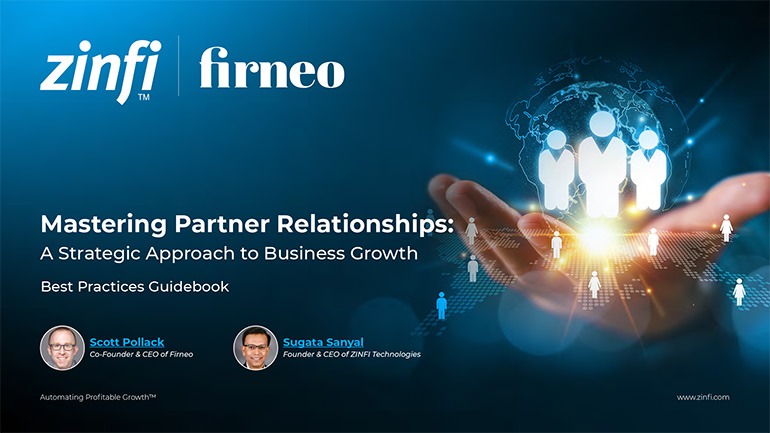 Mastering Partner Relationships: A Strategic Approach to Business Growth
Mastering Partner Relationships: A Strategic Approach to Business GrowthDownload for FREE
 Mastering Partner Relationship Management: Keys to SaaS Channel Success
Mastering Partner Relationship Management: Keys to SaaS Channel SuccessDownload for FREE
 Navigating the AI Revolution: Guide for Partners in the Microsoft Ecosystem
Navigating the AI Revolution: Guide for Partners in the Microsoft EcosystemDownload for FREE
 Mastering the Modern Buyers Journey: Sales Leader’s Guide to AI & Engagement
Mastering the Modern Buyers Journey: Sales Leader’s Guide to AI & EngagementDownload for FREE










